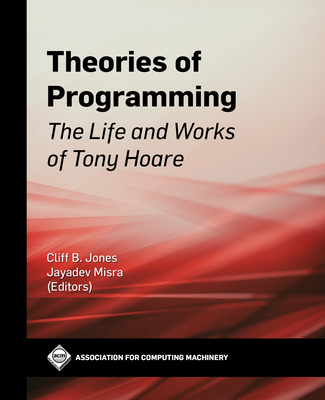Theory of Structured Parallel Programming
Wang, Yong
- 出版商: Morgan Kaufmann
- 出版日期: 2024-05-02
- 售價: $6,440
- 貴賓價: 9.5 折 $6,118
- 語言: 英文
- 頁數: 158
- 裝訂: Quality Paper - also called trade paper
- ISBN: 0443248141
- ISBN-13: 9780443248146
海外代購書籍(需單獨結帳)
商品描述
Theory of Structured Parallel Programming is a comprehensive guide to structured parallel programming corresponding to traditional structured sequential programming. The book provides readers with comprehensive coverage of theoretical foundations of structured parallel programming, including analyses of parallelism and concurrency, truly concurrent process algebras, building block-based structured parallel programming, modelling and verification of parallel programming language, modelling and verification of parallel programming patterns, as well as modelling and verification of distributed systems. Parallel programming has a relatively long research history. There have been always two ways to approach parallel computing: one is the structured way, and the other is the graph-based (true concurrent) way. The structured way is often based on the interleaving semantics, such as process algebra CCS. Since the parallelism in interleaving semantics is not a fundamental computational pattern (the parallel operator can be replaced by alternative composition and sequential composition), the parallel operator often does not occur as an explicit operator, such as in the mainstream programming languages C, C++, Java, et al. Traditional structured programming had great success in sequential computation. On the other hand, current structured parallel programming has focused on parallel patterns (also known as parallel skeletons, templates, archetypes), and, in comparison to structured sequential programming, the corresponding structured parallel programming with solid foundation still has been missing. Theory of Structured Parallel Programming provides readers with the theoretical foundation for understanding and applying structured parallel programming techniques to current hardware such as multi-cores, multi-processors, and GPUs, which are now making the local computer truly parallel.












